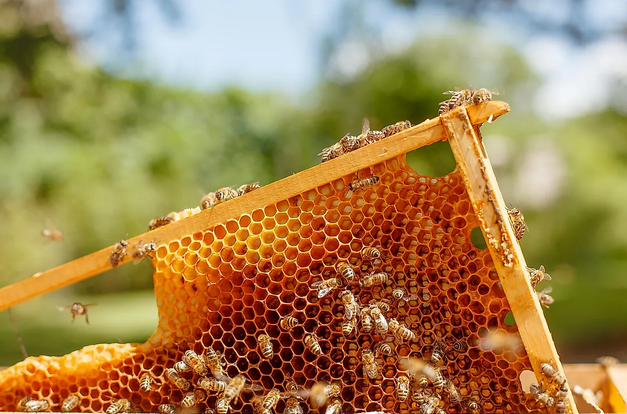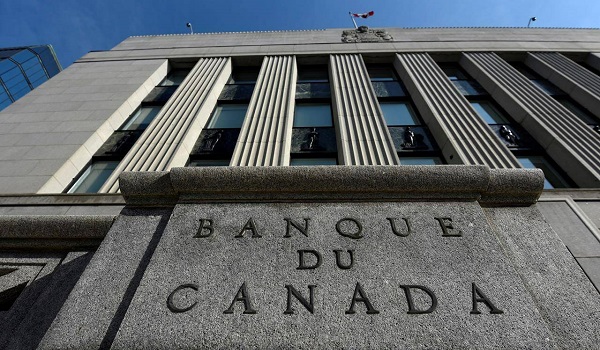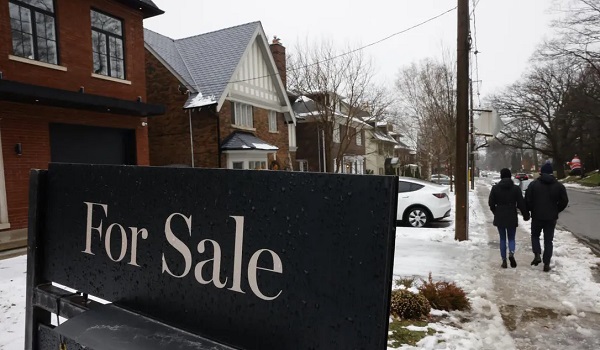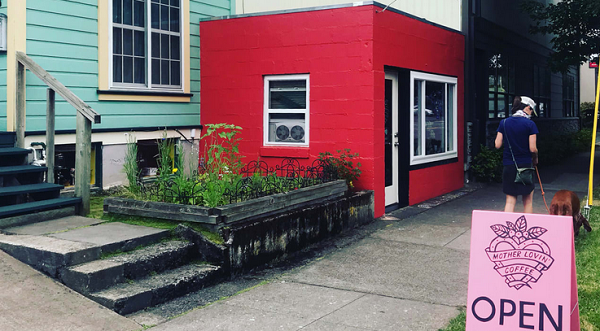Here are the reasons bees not making as much honey as before. Researchers find
Honey production in America has been diminishing since the ’90s, leaving scientists puzzled as to why bees are making less of the sweet stuff. A new study has uncovered that it’s due to several factors.
A team of researchers at Penn State University led the study, which was published in the journal Environmental Research on Thursday. They analyzed 50 years’ worth of data from across the U.S. in an attempt to figure out what was affecting the honey bees’ workflow.
By looking at the number of flowers growing in different regions across the country, scientists found honey yields are affected by the use of herbicide, the amount of conservation programs to support pollinators and “annual weather anomalies.
Researchers looked at data from the United States Department of Agriculture (USDA) National Agricultural Statistics Service and the USDA Farm Service Agency. It included information from across the country on how often herbicide is used, what the land in the area is used for, average honey yield per bee colony, climate and weather data, and the ability of the soil to support crops.
The study found that the conditions of the climate and soil were the most important factors in estimating honey yields, as states in both warm and cool regions of the U.S. had higher honey output when their soil was fertile. Researchers said those two factors “set the baseline levels” of honey yields, while land use, herbicide use and weather anomalies influenced how much honey is made in a year.
Gabriela Quinlan, the study’s lead author and National Science Foundation postdoctoral research fellow in Penn State’s Department of Entomology and Center for Pollinator Research, said she got the idea to conduct the study after hearing experts and beekeepers express their concerns about dwindling honey production.
She said she attended beekeeper meetings and conferences, where she repeatedly heard the same comment: “You just can’t make honey like you used to.”
“It’s unclear how climate change will continue to affect honey production, but our findings may help to predict these changes,” Quinlan said in a news release. “For example, pollinator resources may decline in the Great Plains as the climate warms and becomes more moderate, while resources may increase in the mid-Atlantic as conditions become hotter.”
She added the importance of soil quality in determining which regions are suitable for pollinators should not be understated and herbicide application can potentially reduce available nutritional sources for bees.
Christina Grozinger, co-author of the study, and Publius Vergilius Maro, an entomology professor and director of the Center for Pollinator Research, said prior studies of honey production only analyzed one region of the U.S.
Being able to look at five decades of data from across the continental U.S. allowed the team to create a more comprehensive analysis of the role of soil, climate and other factors in honey production than ever before.
One of the biggest problems for pollinators like bees is a lack of flowers, which provide enough pollen and nectar for food, Grozinger added. As different regions can support different flowers depending on climate and soil, researchers said “there is growing interest in identifying regions and landscapes with enough flowers to make them bee friendly.”
The study also found conservation programs and a decrease in soybean land has been shown to support pollinators and have a positive affect on honey production.
“Our findings provide valuable insights that can be applied to improve models and design experiments to enable beekeepers to predict honey yields, growers to understand pollination services, and land managers to support plant–pollinator communities and ecosystem services,” Quinlan said.
This article was reported by CTV News
















